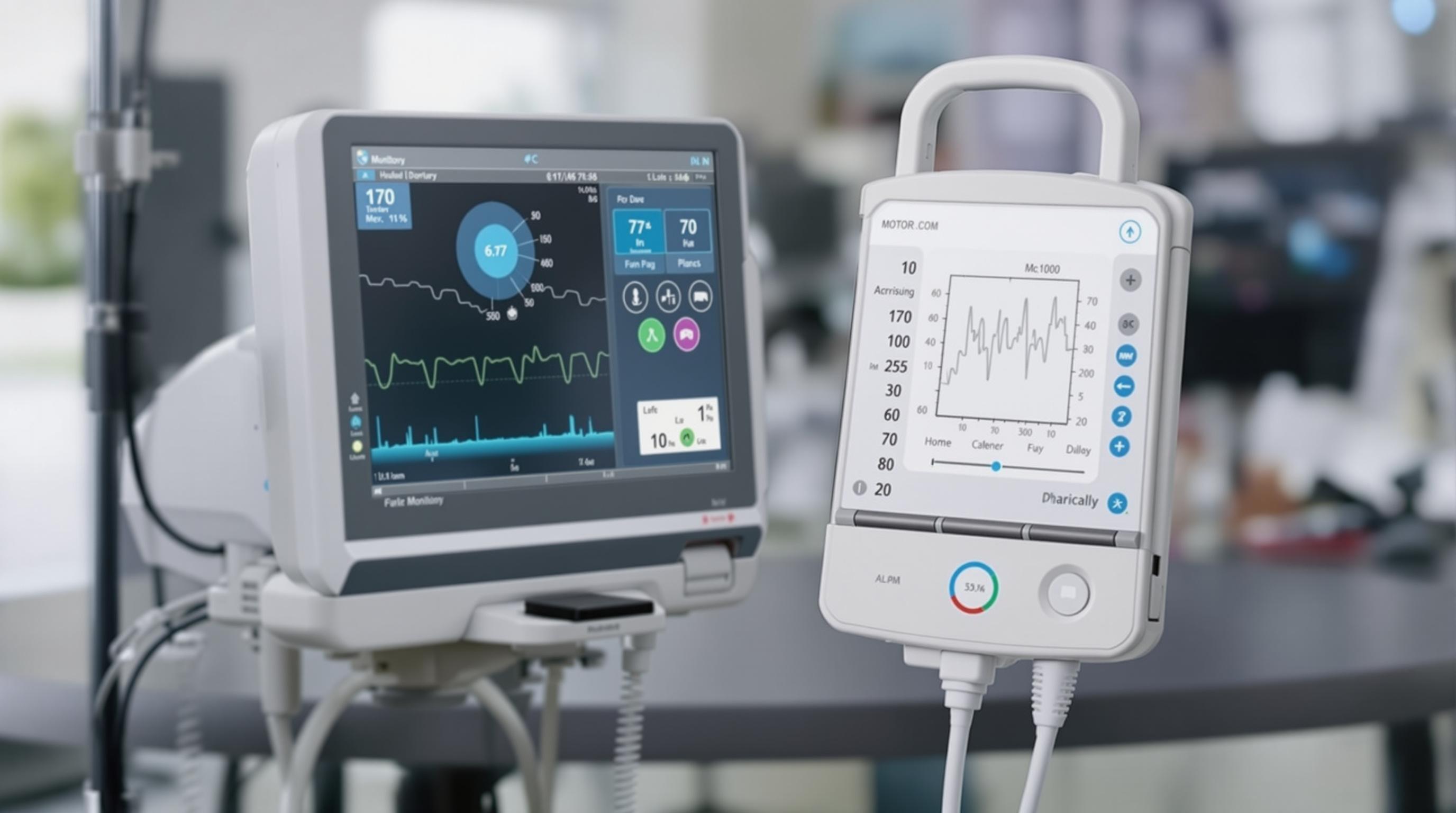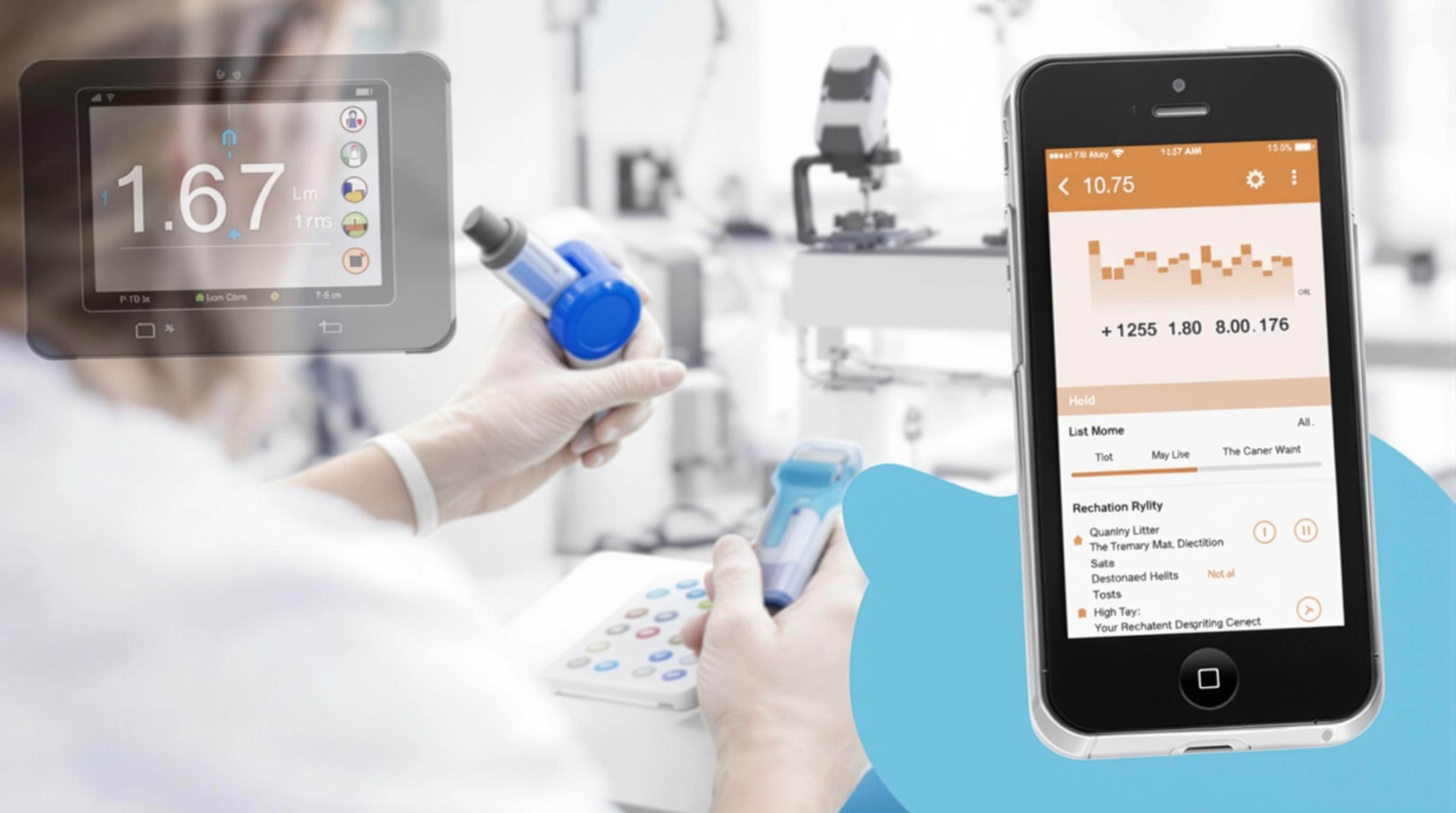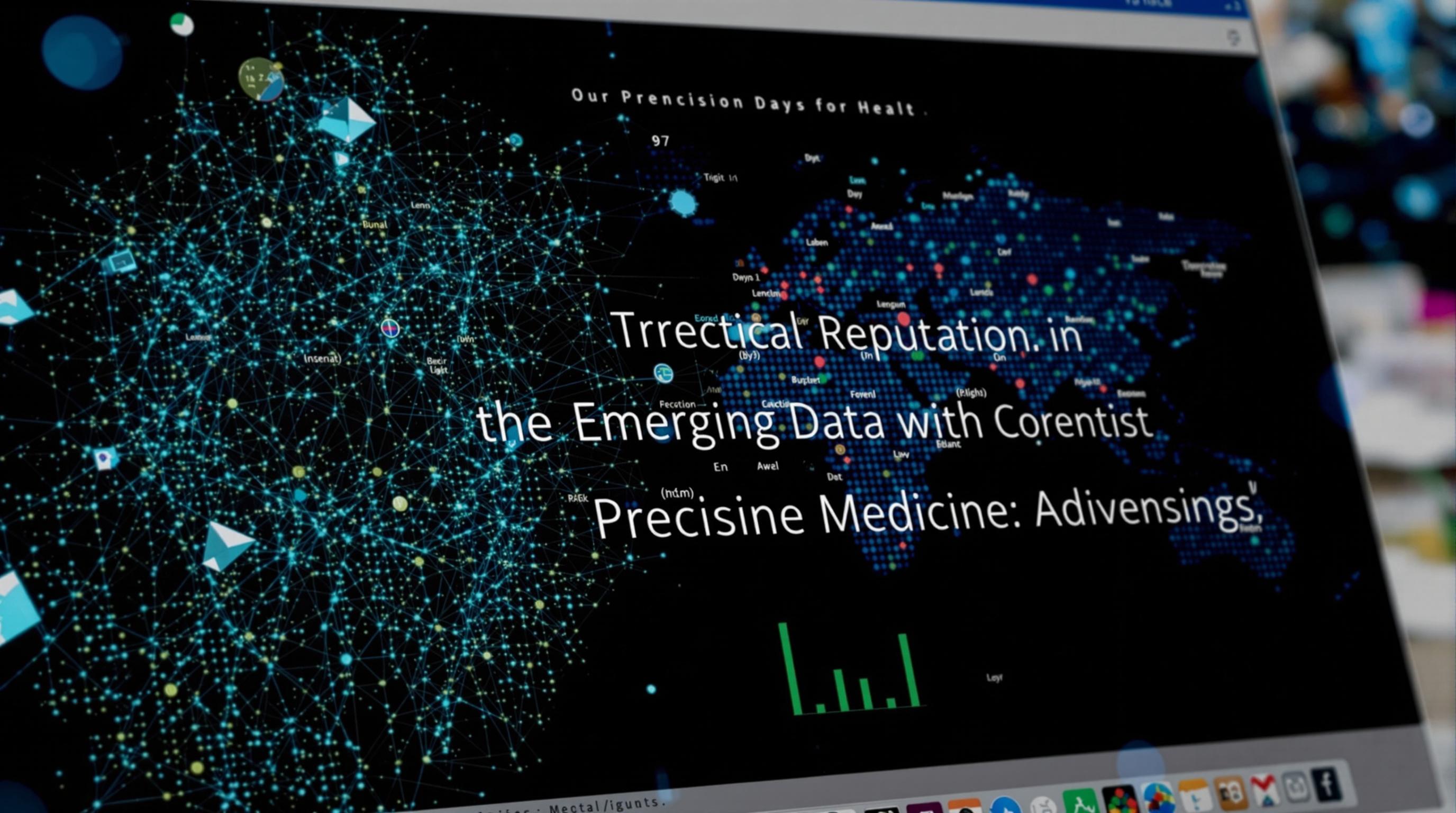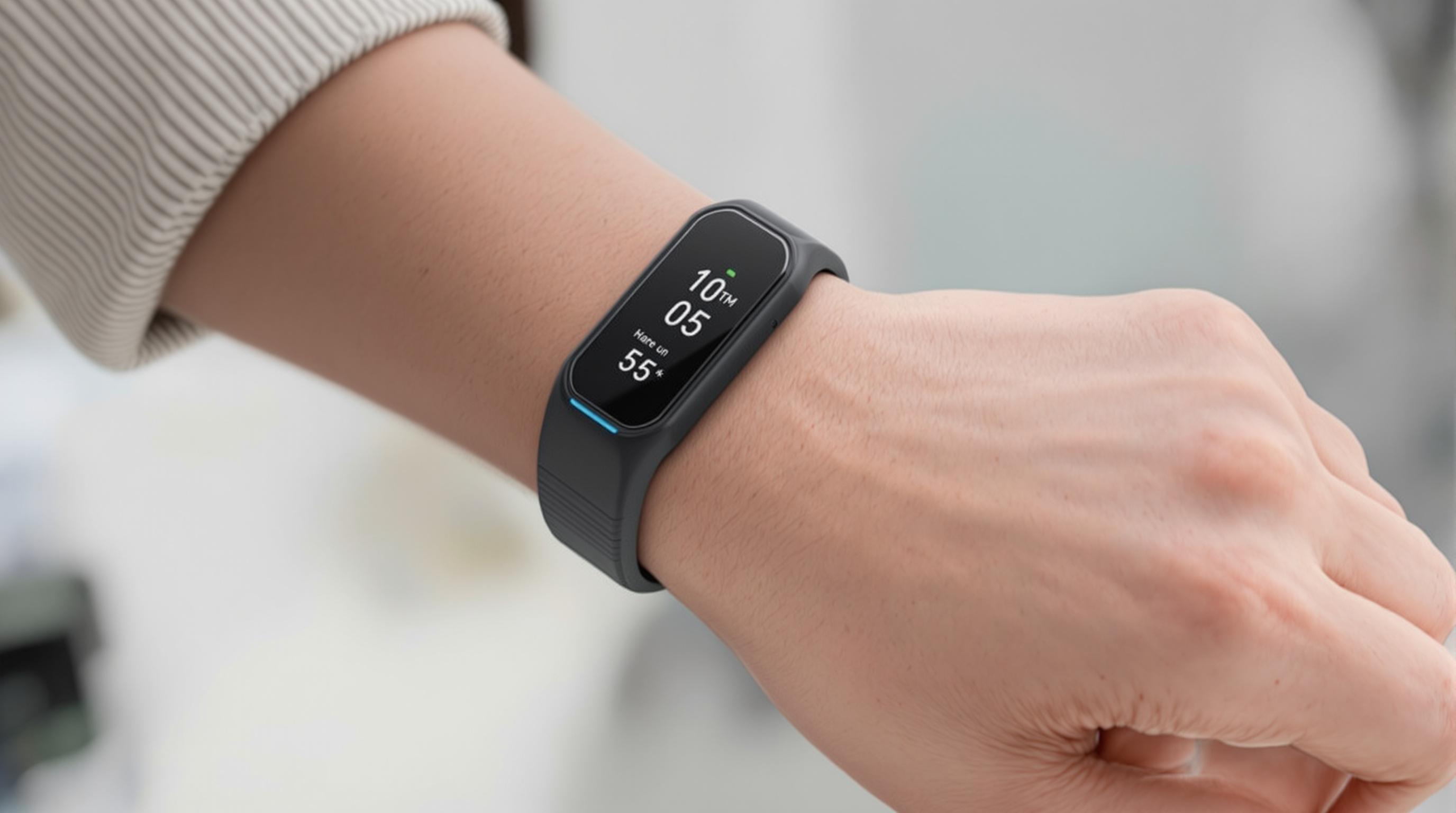Related Articles
- Top 6 Little-Known Medical Apps with User Interfaces That Actually Boost Patient Outcomes
- 5 Game-Changing Fitness Trackers from the Last 5 Years That Outperform Your Expectations
- Top 8 Breakthrough Portable Diagnostic Devices from the Past Five Years Revolutionizing Home Health Testing
- The Quiet Influence of Ancient Medical Records on Modern Healthcare Data Interpretation and Policy Making
- Top 6 Emerging Medical Coding Analytics Platforms from the Last Five Years for Data-Driven Decision Making
- Examining the Impact of Quantum Computing on Future Remote Healthcare Data Defense Strategies
Top 8 Breakthrough Patient Monitoring Devices Released in the Past 5 Years: A Comprehensive Review
Top 8 Breakthrough Patient Monitoring Devices Released in the Past 5 Years: A Comprehensive Review
Top 8 Breakthrough Patient Monitoring Devices Released in the Past 5 Years: A Comprehensive Review
Introduction
In the rapidly evolving landscape of healthcare technology, patient monitoring devices have seen significant breakthroughs over the past five years. Advances in sensors, connectivity, and data analytics are transforming how clinicians track and manage patient health, both in hospitals and remotely. This article explores the top eight innovative patient monitoring devices recently released, highlighting their features, benefits, and impact on patient care.
From continuous glucose monitors to wearable cardiac trackers, these devices blend medical precision with user-friendly design. They deliver real-time data, enabling proactive interventions and personalized treatment strategies. As healthcare moves toward more integrated, data-driven models, these technologies represent crucial steps in enhancing patient outcomes worldwide.
Our review encompasses devices recognized by leading medical publications and health technology forums, ensuring relevance and clinical credibility. With sources such as the Journal of Medical Internet Research and FDA approval listings, this article serves both healthcare professionals and health-conscious readers interested in the frontier of patient monitoring innovations.
1. Abbott FreeStyle Libre 3 Continuous Glucose Monitor
The FreeStyle Libre 3, released in 2020, revolutionizes diabetes management by offering a small, discreet sensor capable of continuous glucose monitoring (CGM) with real-time readings sent directly to smartphones. Unlike earlier models, it boasts a 14-day sensor lifespan and eliminates the need for fingerstick calibrations.
Its accuracy and ease of use empower patients to maintain better glycemic control, reducing the risks associated with hypoglycemia and hyperglycemia. The seamless integration with mobile apps also allows healthcare providers to remotely track patient data and make timely adjustments to treatment plans.
Clinical studies, such as those published in Diabetes Technology & Therapeutics, have validated the Libre 3’s performance, highlighting its potential to improve quality of life for millions worldwide. Abbott continues to update its software platforms, enhancing predictive alerts and trend analyses for users.
2. Apple Watch Series 7 with Advanced Health Monitoring
With the Series 7 model debuting in 2021, Apple pushed its wearable health capabilities beyond fitness tracking to include critical patient monitoring features. This device offers ECG monitoring, blood oxygen level measurement, and fall detection, which can alert emergency services automatically.
Its user-friendly interface encourages continuous use, making it an accessible option for both young and elderly populations. The ability to share health data with physicians enhances collaborative care and early detection of potential cardiac events.
Research published in JAMA Cardiology has explored how wearable ECGs like the one in Apple Watch contribute to early atrial fibrillation detection. Although not a substitute for professional medical devices, the Apple Watch Series 7 supports preventative care and patient engagement effectively.
3. Masimo SafetyNet Remote Patient Monitoring System
The Masimo SafetyNet system, released in 2019, integrates pulse oximetry with smartphone technology to offer remote monitoring for patients with respiratory or cardiac conditions. Its clinically validated sensors provide accurate oxygen saturation and heart rate data, crucial for managing COVID-19 and chronic diseases.
This platform’s emphasis on remote monitoring reduces hospital visits and allows clinicians to intervene earlier, improving outcomes while limiting healthcare costs. The associated app also features symptom questionnaires, enhancing patient communication and compliance.
Studies from respiratory journals have documented the benefits of home pulse oximetry monitoring, particularly during the pandemic, where devices like Masimo SafetyNet played a key role in early diagnosis and treatment adjustments.
4. iRhythm Zio XT Continuous Cardiac Monitor
Released in 2018, the Zio XT monitor by iRhythm is a patch-based ambulatory ECG device that allows continuous cardiac rhythm monitoring for up to 14 days. It replaces traditional Holter monitors with greater comfort and patient adherence.
Its proprietary algorithms enable detection of arrhythmias such as atrial fibrillation with high sensitivity and specificity. Results are automatically analyzed and reports sent to providers, minimizing manual interpretation errors and accelerating diagnosis.
Published data in Heart Rhythm journal affirm the device’s clinical utility in diagnosing elusive cardiac arrhythmias. Patients appreciate its low-profile design that supports daily activities without interruptions.
5. Biofourmis BiovitalsHF Heart Failure Monitoring
Approved by the FDA in 2020, Biofourmis’ BiovitalsHF system employs AI-driven analytics combined with wearable sensors to monitor heart failure patients remotely. It tracks vital signs, activity, and symptoms to predict exacerbations before clinical deterioration occurs.
The platform’s proactive approach facilitates timely interventions, reducing hospital readmissions and improving survival rates. Moreover, patient engagement is enhanced through personalized coaching and tailored feedback delivered via mobile devices.
Clinical trials published in Circulation: Heart Failure have demonstrated significant reductions in hospitalizations using BiovitalsHF, marking it as a breakthrough in chronic disease management through digital health innovation.
6. Philips IntelliVue Guardian Solution
The IntelliVue Guardian Solution, enhanced with updates in 2021, combines bedside patient monitors and smart algorithms to detect early signs of clinical deterioration in hospital settings. It integrates multiple physiological signals and produces a score indicating patient risk.
This early warning system supports timely clinical intervention, reducing preventable ICU transfers and adverse events. Nurses and physicians benefit from clear alerts and clinical decision support embedded in their workflow.
According to studies featured in the American Journal of Critical Care, implementation of such systems led to decreased rates of cardiac arrest and in-hospital mortality, underscoring their lifesaving potential.
7. Withings ScanWatch
Withings introduced ScanWatch in 2020 as a hybrid smartwatch blending traditional watch aesthetics with advanced health monitoring features. It tracks ECG, detects atrial fibrillation, and measures blood oxygen saturation non-intrusively.
Its FDA clearance and CE marking lend clinical credibility, while a long battery life and durable construction appeal to daily wearers. The device syncs data to a companion app, providing actionable insights and empowering users in personal health management.
Independent evaluations, including those in digital health journals, have acknowledged ScanWatch as a competitive option for patients needing cardiac and respiratory monitoring without bulky medical equipment.
8. Medtronic Guardian Connect Smart Continuous Glucose Monitoring System
Launched in 2019, Medtronic’s Guardian Connect system continuously monitors glucose levels and predicts significant fluctuations up to 60 minutes in advance. Its smart alarms notify users before dangerous highs or lows occur.
The system pairs with a smartphone app offering trend insights and personalized alerts, fostering better glycemic control. It also facilitates communication with caregivers and clinicians for coordinated care.
Published clinical feedback supports the device’s efficacy in reducing hypoglycemic events and improving patient confidence in diabetes self-management.
Conclusion
The last five years have seen remarkable innovation in patient monitoring devices, combining improved sensor technologies, AI-driven insights, and user-centered design. From wearable glucometers to comprehensive hospital early warning systems, these breakthroughs transform patient care by enhancing accuracy, convenience, and proactive management.
Clinicians and patients alike benefit from the enhanced data streams and connectivity, contributing to early detection of health issues and personalized, timely interventions. As these technologies continue advancing, the future promises even greater integration and empowerment in health monitoring.
For further detail, the referenced journals and FDA databases provide extensive clinical validation and regulatory context, guiding adoption and best practices. These innovations not only reflect technological progress but also a compassionate commitment to improving patient lives at every stage.




